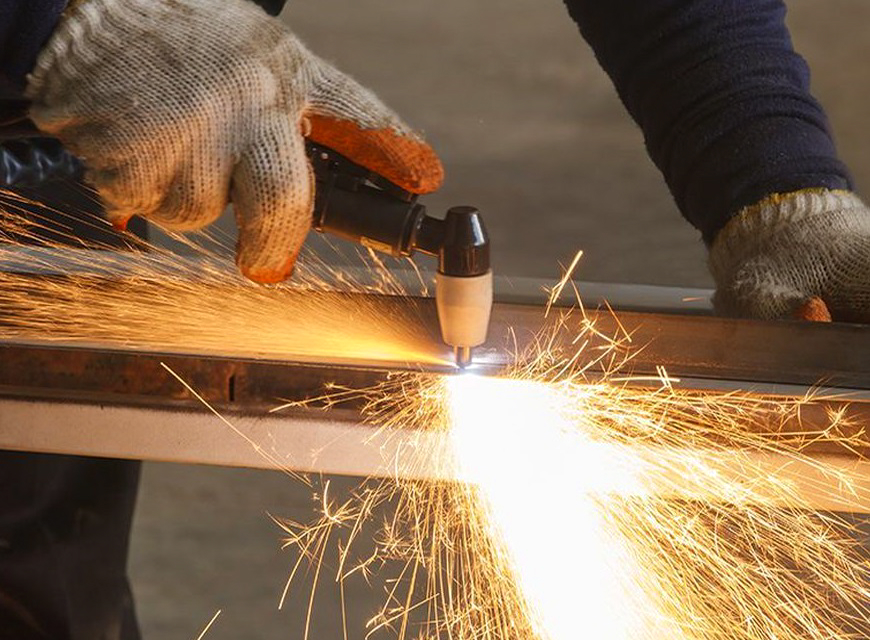It is a flexible and vital technique which plays an important role in various industries, including manufacturing, construction and even. It involves joining metals using melting them before welding them to create sturdy and lasting connections. This article explains the concept of welding and its history as well as its various types, uses, and the knowledge required in order to master this complex craft.
Welding is not an newest development; its roots are traced to ancient civilisations. Early welders used techniques like forge welding or resistance welding to form metal connections. But it wasn’t until the latter half of the nineteenth century that welding witnessed significant advancements, with the advent of arc welding techniques. The development of the electric arc welding process developed by Nikolai Benardos and Stanislaw Olszewski in the year 1880 was the turning point in the history of welding and paved the way for modern welding techniques.
Learning about the various kinds of welding is vital to understanding the capabilities and skill of the welding. Most commonly used methods include Shielded Metal Arc Welding (SMAW) also known as stick welding. It is widely employed due to its versatility and simplicity. Gas Tungsten Welding (GTAW), or TIG welding, offers a high degree of precision, and is ideal for high-quality complex work. Furthermore, Metal Inert Gas (MIG) welding is well-known by its quickness and ease of use. It’s often utilized in manufacturing for its efficiency. Each technique has distinct advantages and disadvantages. They both require expertise and solid understanding of materials as well as techniques.

It’s not just about joining two pieces of metal, it’s a science that requires knowledge of the materials’ properties such as heat control, the fundamentals of electricity. A weld’s quality has a significant impact on the durability and security of the structure it’s part of. This is why welding supplies are professional experts, typically possessing years of professional training as well as certifications. It is essential to know the details of the products they work with, as well as the appropriate welding method to apply and also how to evaluate and test their welds for quality and safety.
Being a competent welder takes the combination of technical expertise and practical experience. Welders have to be familiar with the properties of various metals, fundamentals of metallurgy and the different welding techniques. Safety is the most important factor when welding. Welders need to have a thorough understanding of safety rules which include wearing safety gear and ensuring proper ventilation. Furthermore, the practice and understanding of welding equipment are essential for producing top-quality welds. Numerous vocational and technical institutes provide welding courses giving students the knowledge and expertise required to excel in this field.
While it is a great tool, welding poses challenges and environmental risks. Welders are frequently exposed to workplace hazards, such as being exposed to toxic fumes or high temperatures. Security measures, such as respiration and protection gear are essential to reduce these hazards. Furthermore, welding requires a significant amount of energy, and creates emissions, leading to the environmental issues. The effort is underway to design environmentally friendly welding methods and products to lessen the pollution generated by the process.